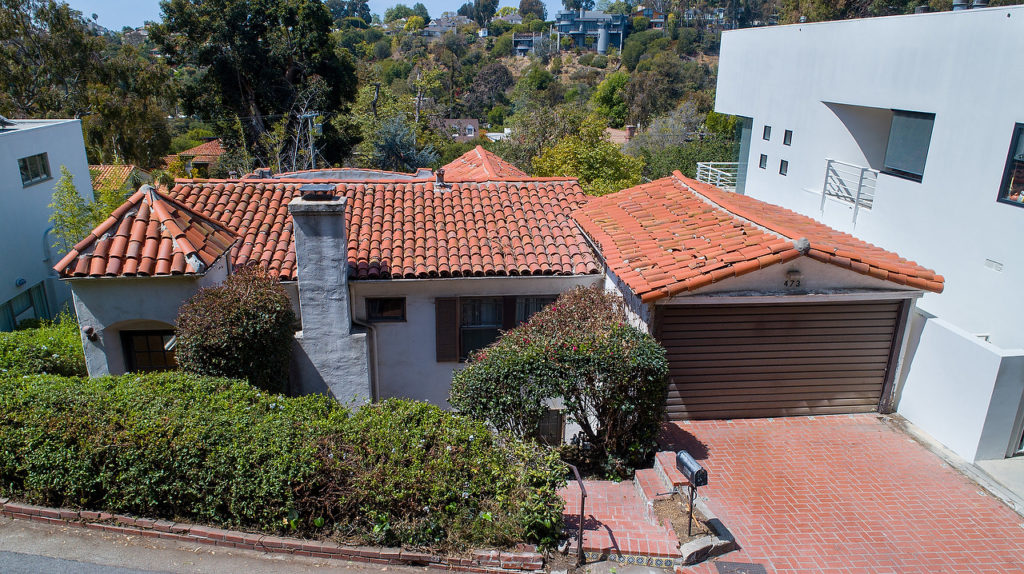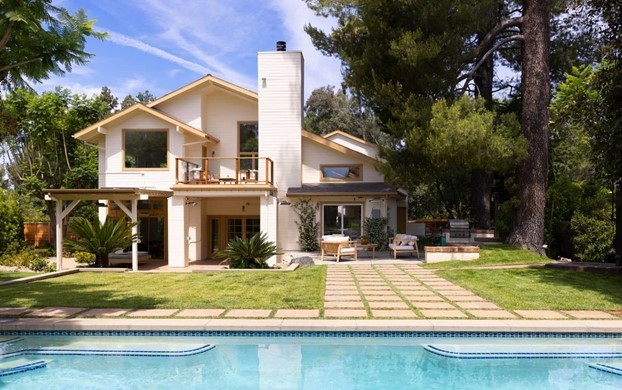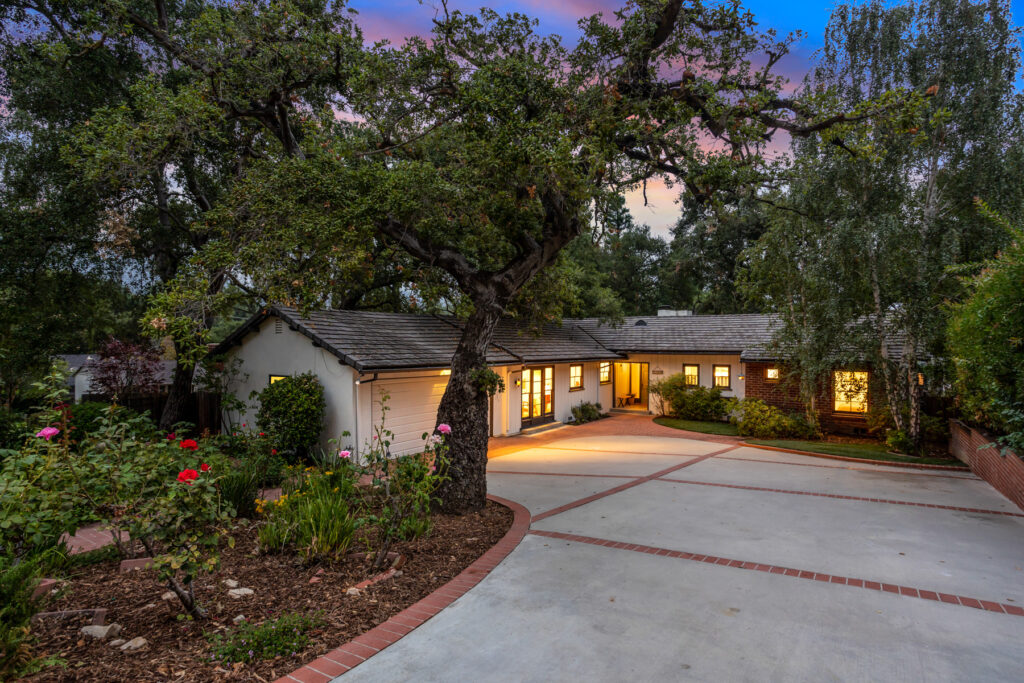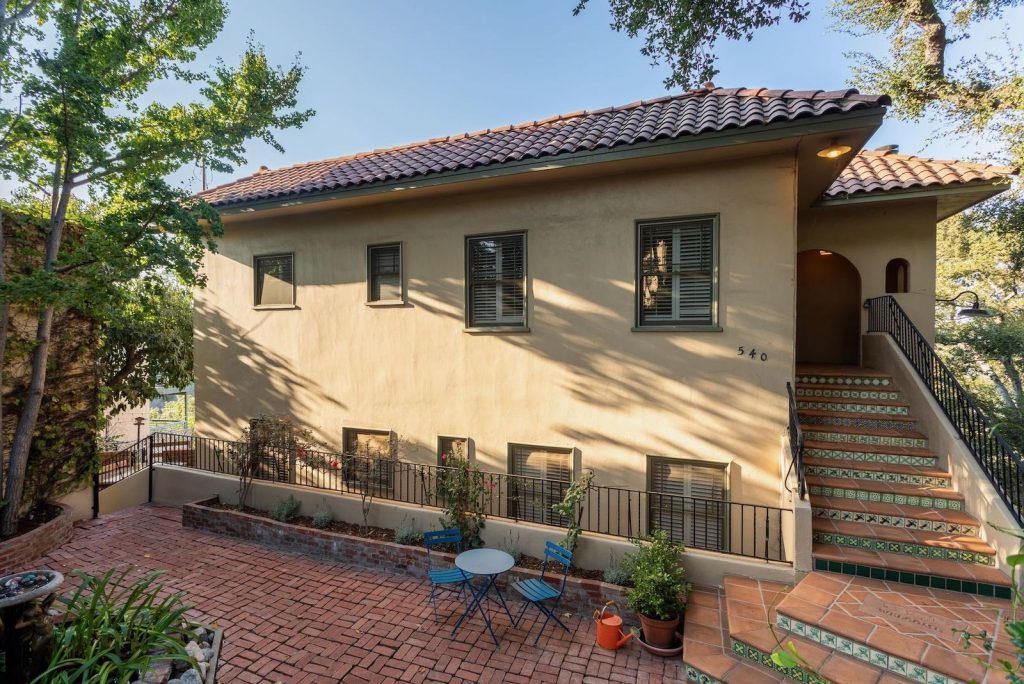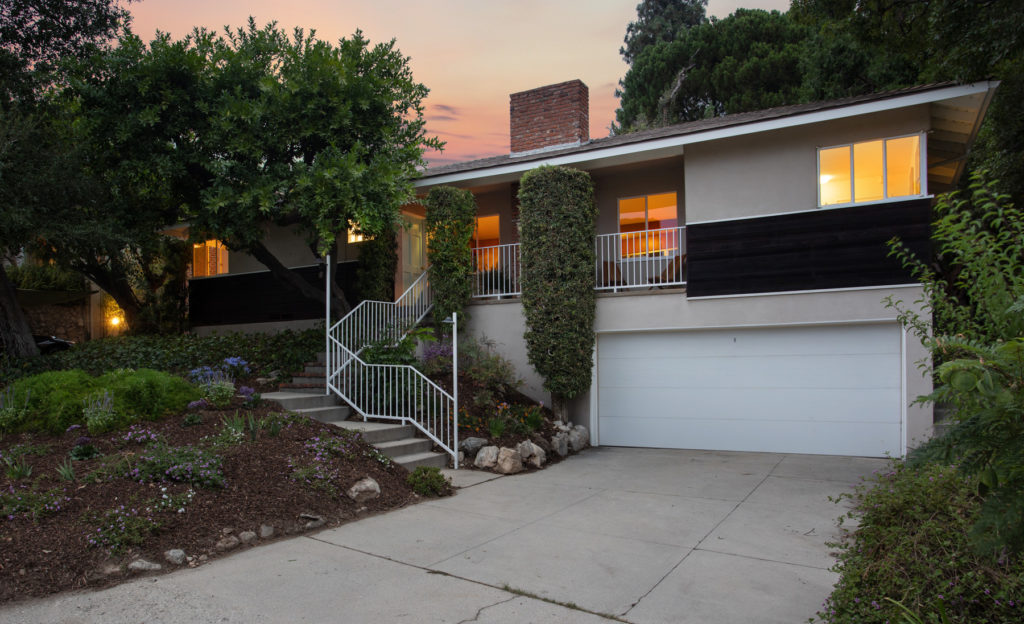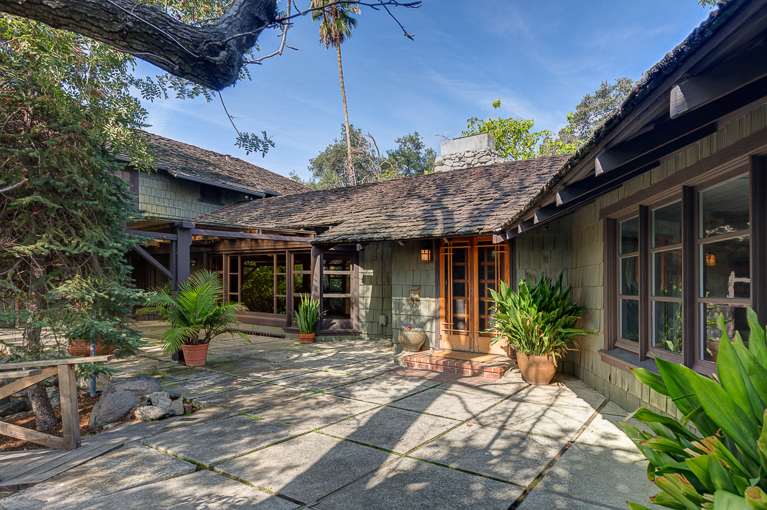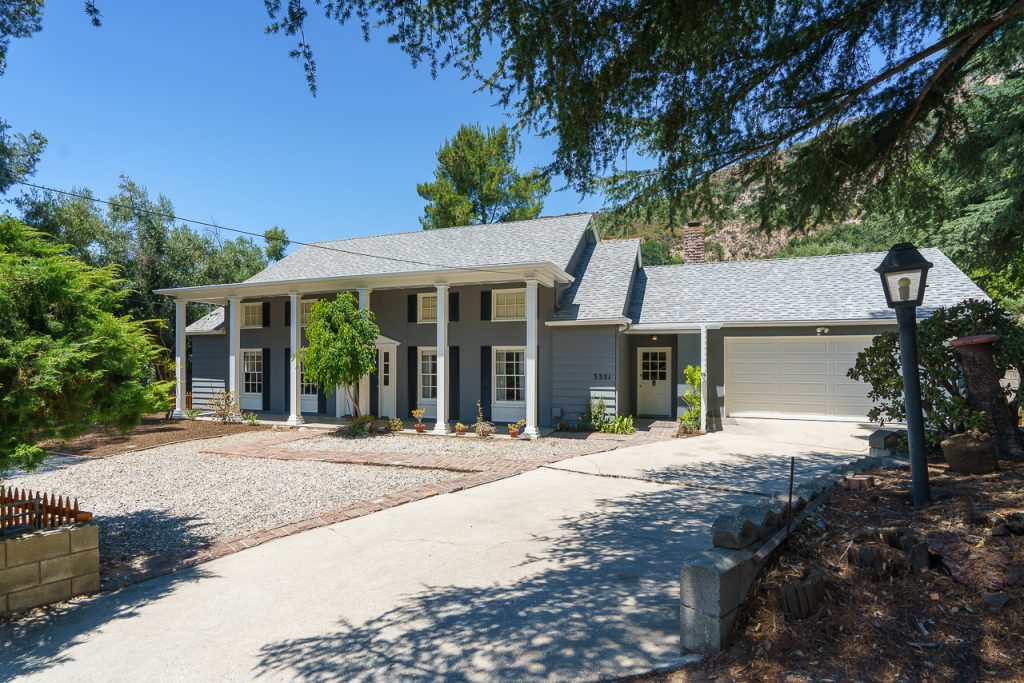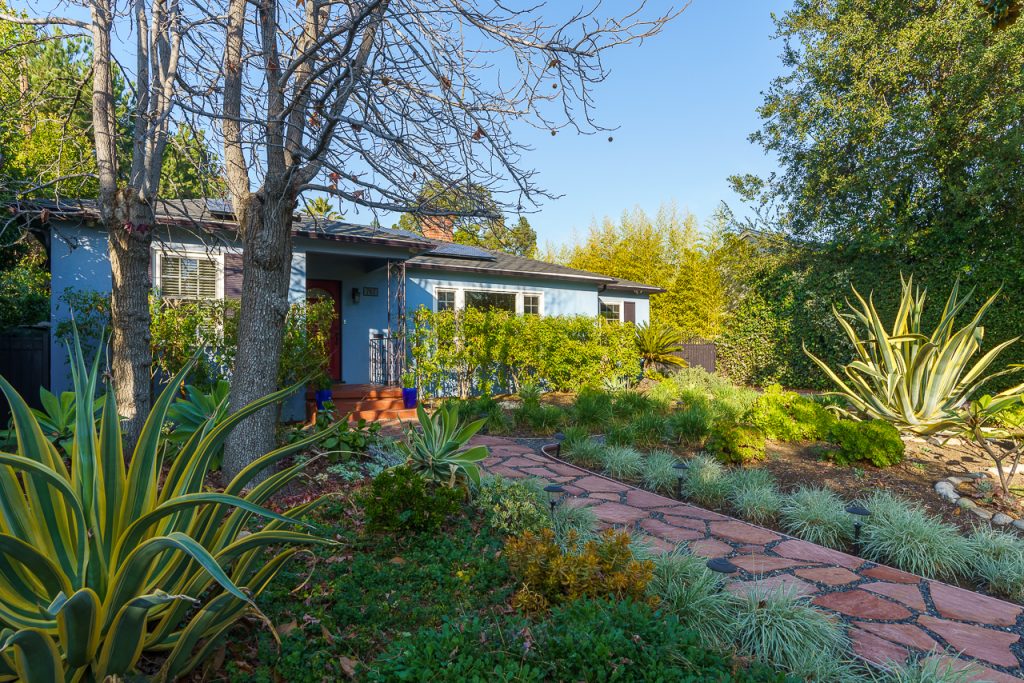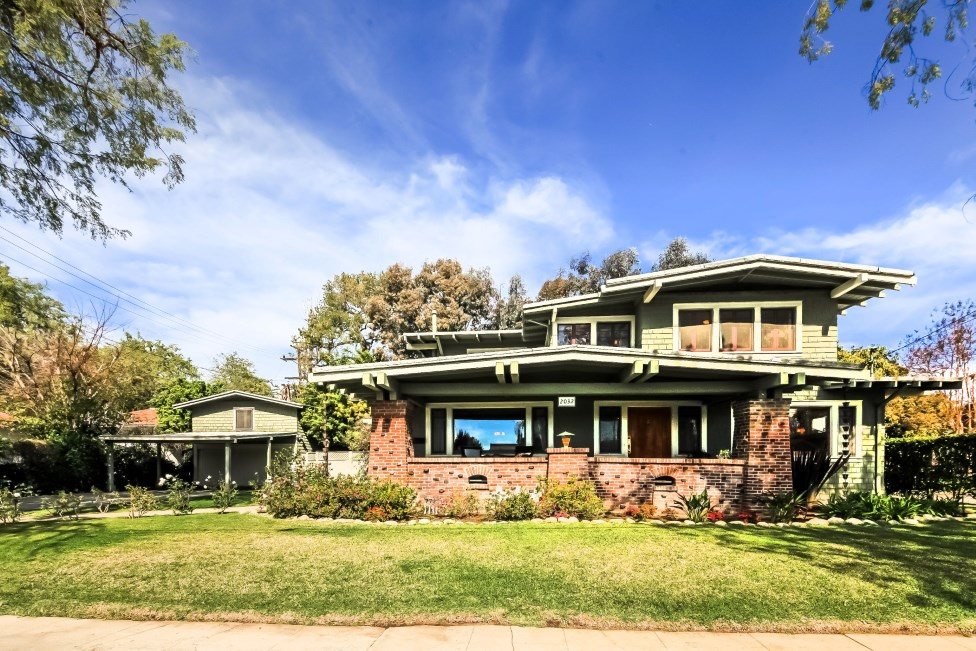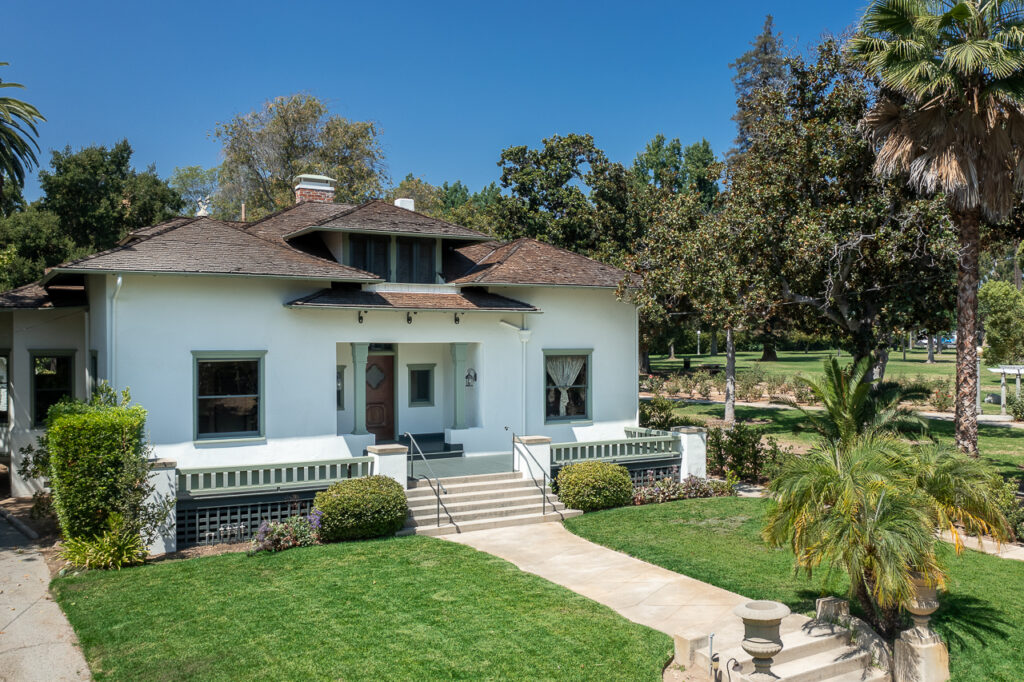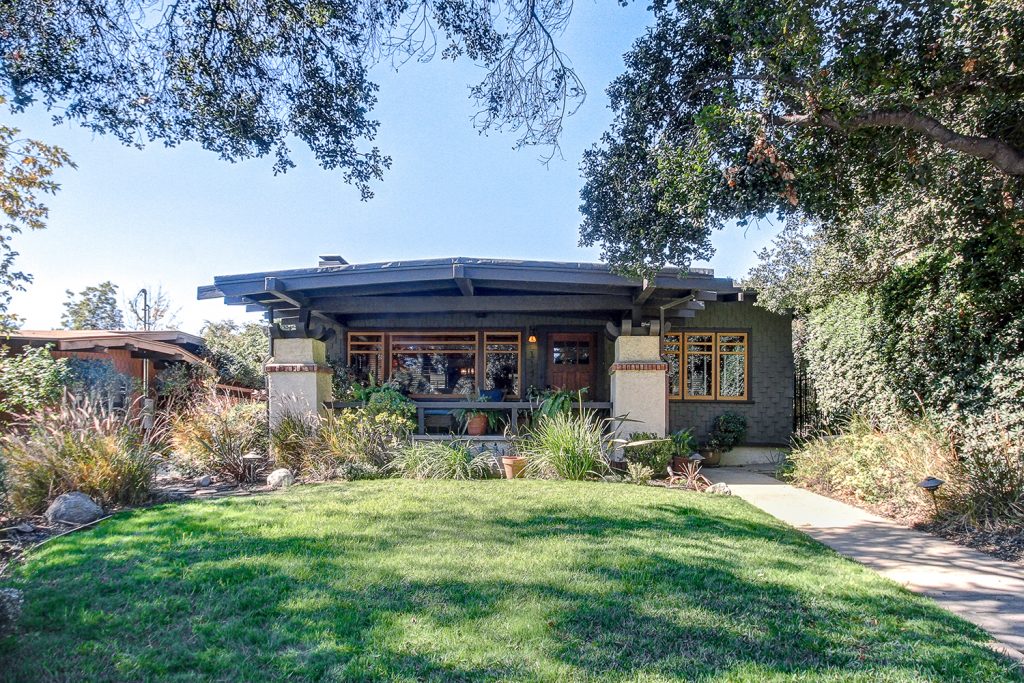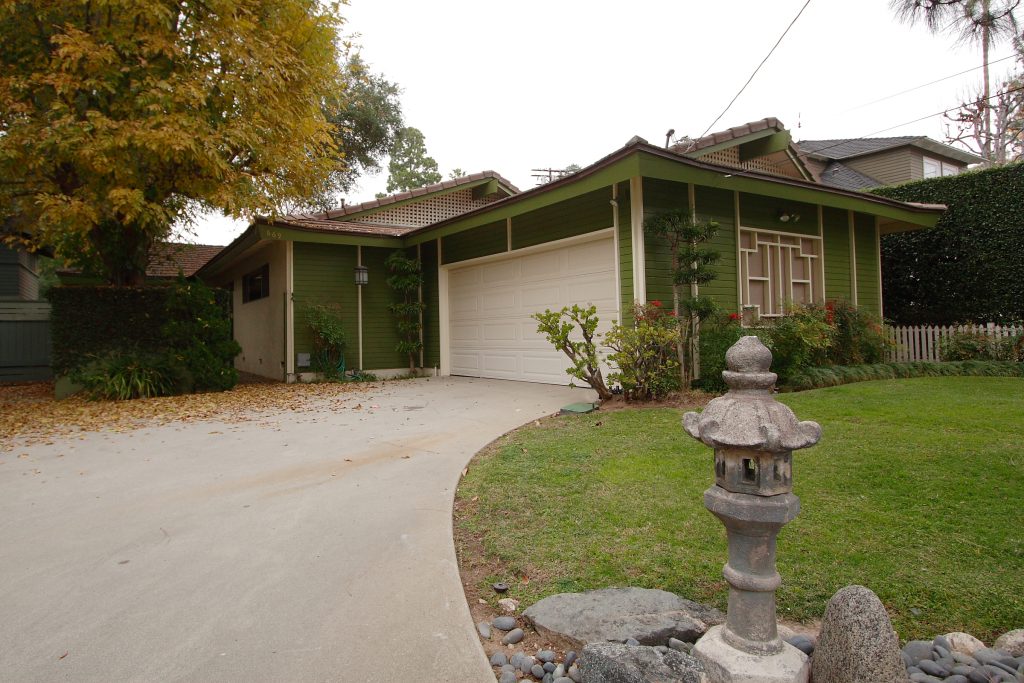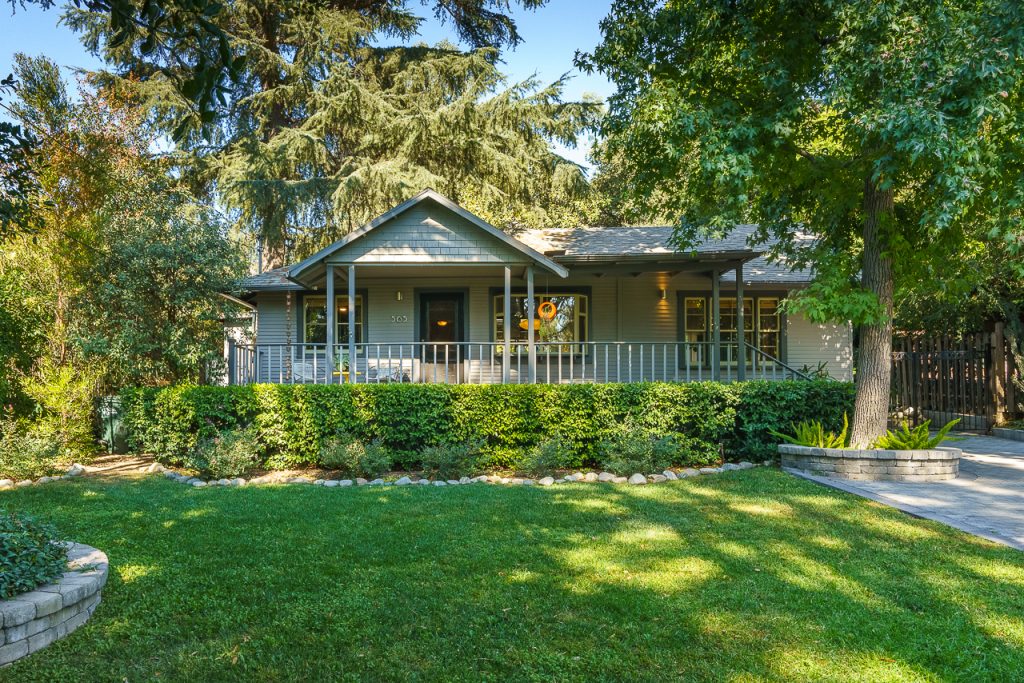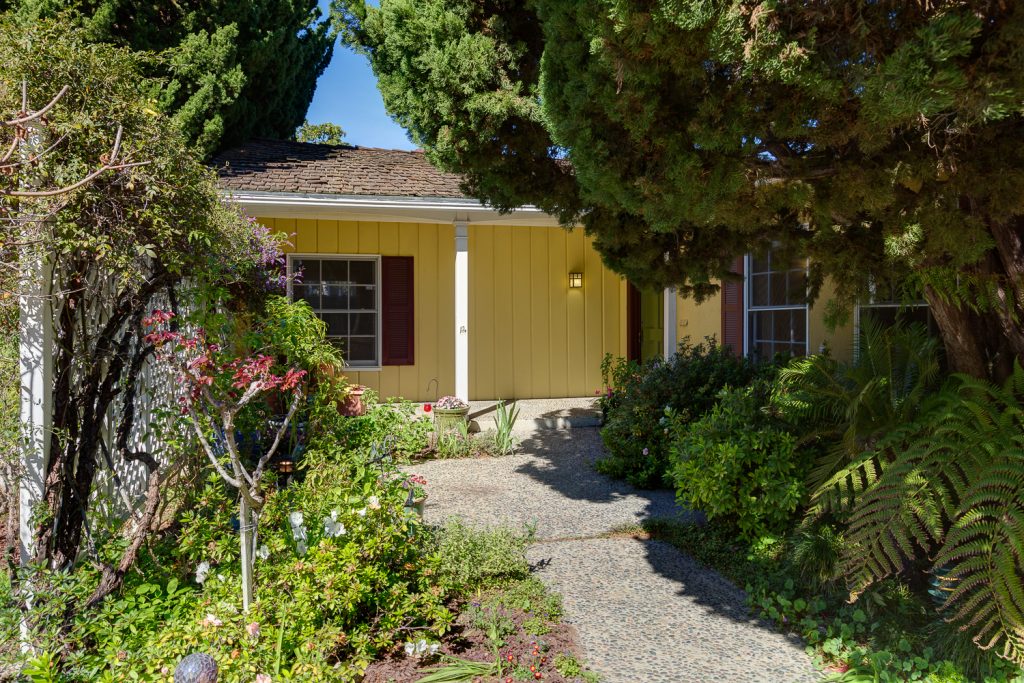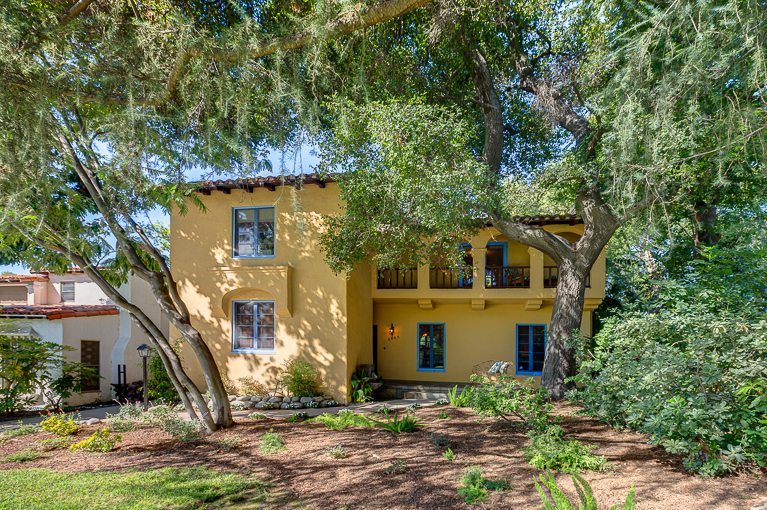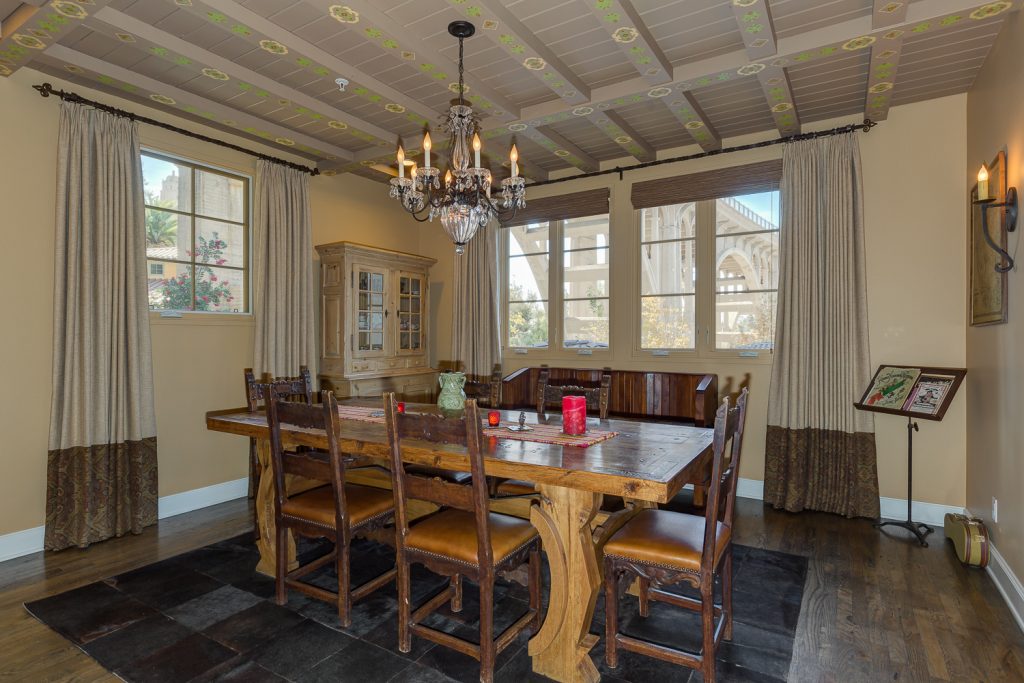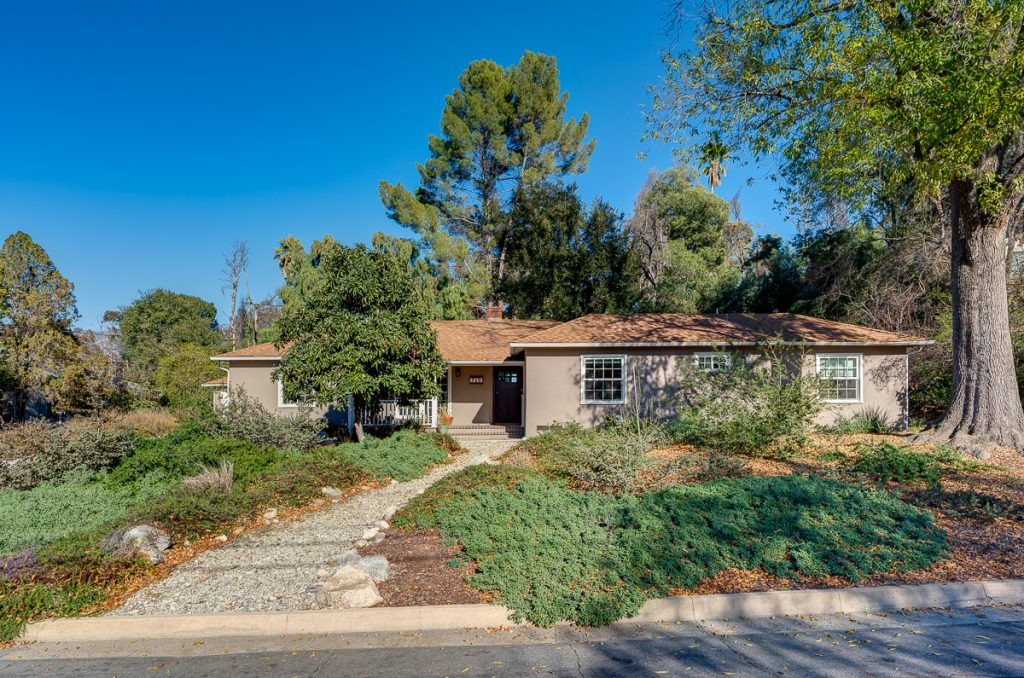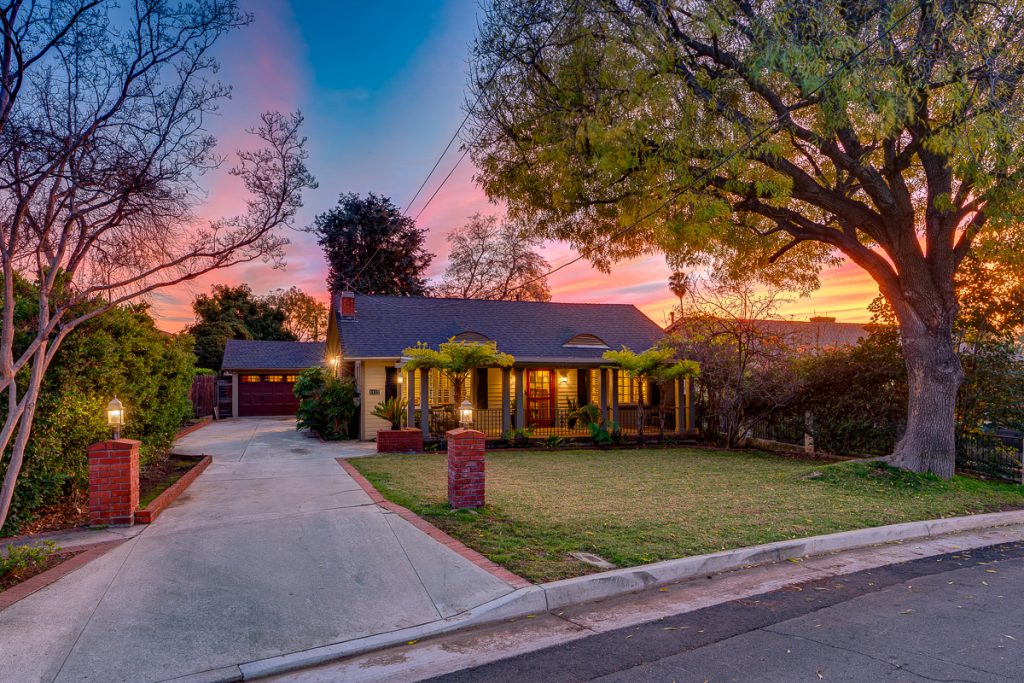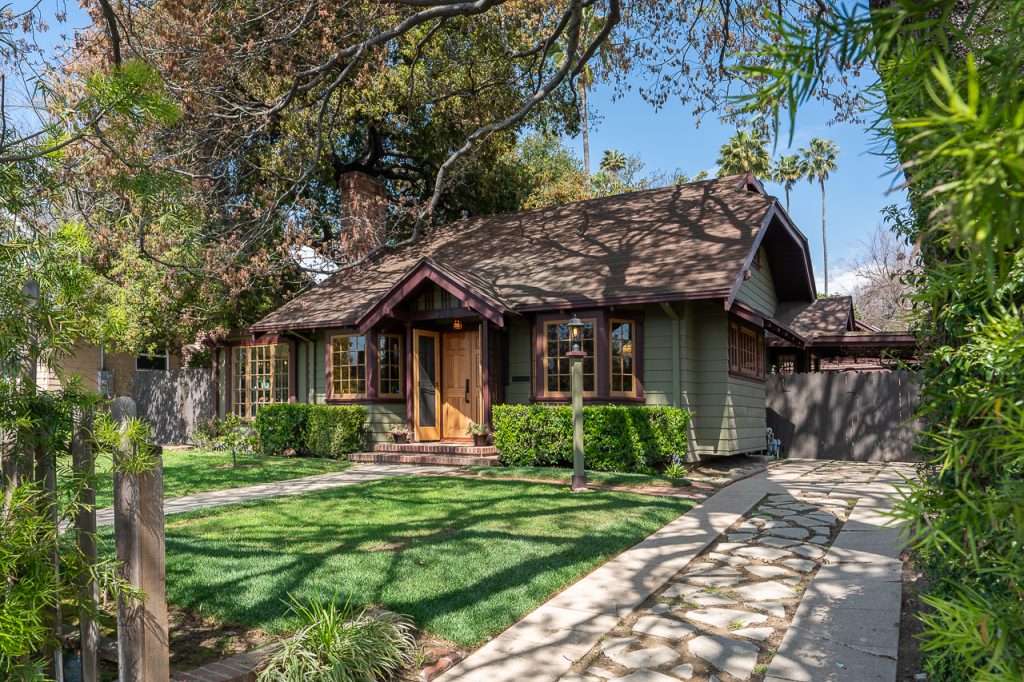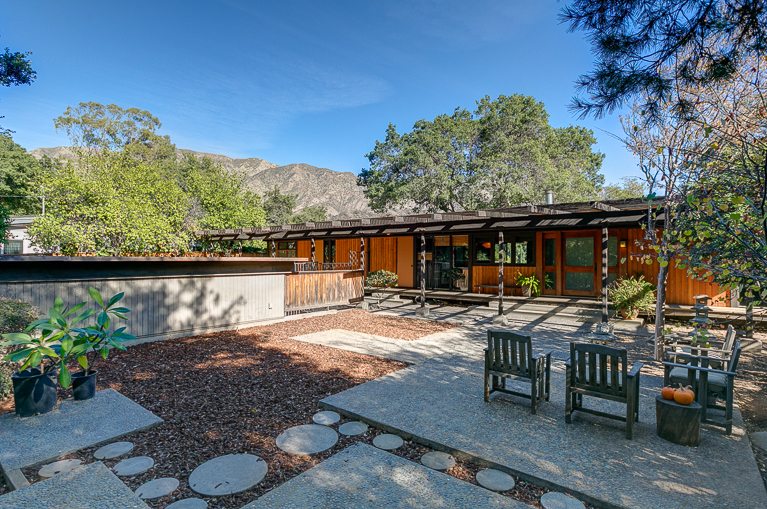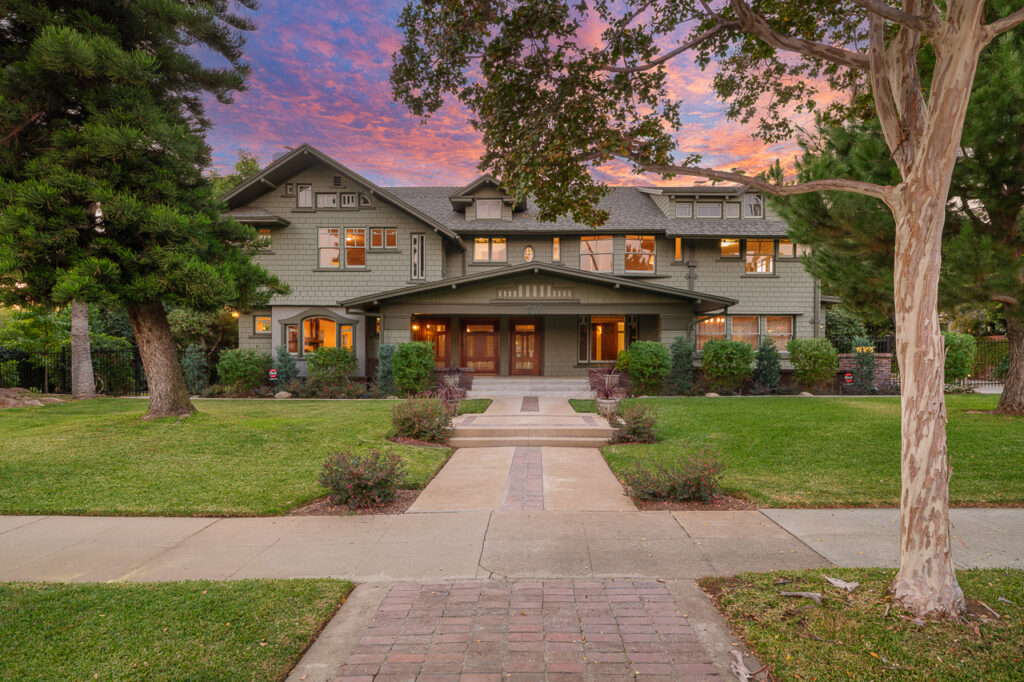Coldwell Banker
388 S. Lake Avenue,
Pasadena, CA 91101
office: 626.797.6500
Email: [email protected]
Remember Jumbo Loans? They’re Back!
Amid all the double-dip discussions in the housing market is an odd ray of hope on the high end.
With little to no fanfare, it appears jumbo loans are not only getting cheaper, they’re getting easier to obtain.
After several years of stagnation in high-end housing, thanks to the disappearance of the jumbo market, things are moving yet again.
A quick check on Bankrate.com shows the 30-year fixed jumbo at around 5.50 percent, and Citibank last week reported applications for jumbos up 30 percent just over the last 60 days.
“It is the overall weak economy driving the 10 year lower, which is the proxy for most mortgage loans,” says FBR’s Paul Miller. “This is still probably the best of the best getting loans at these low rates, but Jumbo activity is still very, very low.” Miller says it’s good for the market, but only “marginally better,” as banks are desperate to find good loans to put on their books.
But how long will it last? Probably only as long as investors remain nervous about the economy.
“Preliminary signs of life in the secondary market are a good indication that the narrower spread between jumbo and conforming loans will stick around,” says Bankrate.com’s Greg McBride. “However, the level of mortgage rates will hinge more than anything on the demand for Treasuries.”
Bank of America tells me that applications and fundings for jumbo loans rose over 10 percent from May to June. They say they’ve always been the leader in jumbos, which could be why Citi is getting more aggressive.
“We’ve maintained a pretty aggressive stance in jumbos, even as market guidelines have tightened,” says Vijay Lala, Bank of America’s Product Executive . He cites 80 percent LTV’s and “going to full documentation underwriting.” Obviously the overall market has shrunk, he admits, given the absence of any real secondary market now; banks must therefore keeps these loans in their portfolios.
“We feel comfortable where we’re lending today,” adds Lala, “and we’re looking forward to a secondary market to come back, which will be good for the stabilization of the market.”
Lenders did see a bump from the home buyer tax credit, not that the credit ($8000 for first timers and $6500 for move-up buyers) would matter on an expensive home purchase, since there are price and income limits, but it helped some move-up buyers to sell their homes and in turn buy more expensive homes.
The bottom line is that while volume is up in jumbos, it’s nowhere near where it was even before the housing boom, and banks are still looking for borrowers with pristine credit and good-sized down payments. Still it’s good news for the middle and high end of the housing market, which has been close to dead for the last few years.
In May, sales of $1 million+ homes were up 77 percent from a year ago. Now remember, those homes are still barely 1.7 percent of the total housing market, so that is going to be an extremely volatile number, given the tiny sample, but it’s still a good number.
Lala says Bank of America has been talking actively with investors, and he says the quality of jumbos it has originated in the last few years “is second to none.” The big barrier is still anxiety over home price stabilization. I asked Lala when the secondary market for jumbos would come back?
“That’s the billion dollar question,” he replied.


